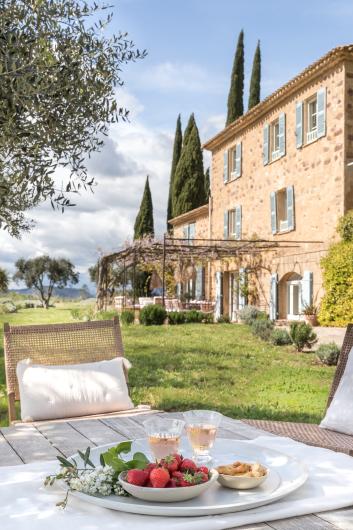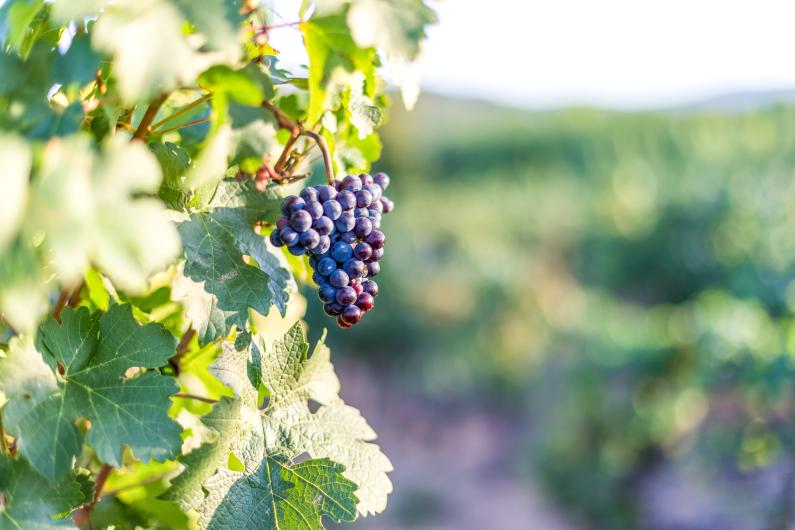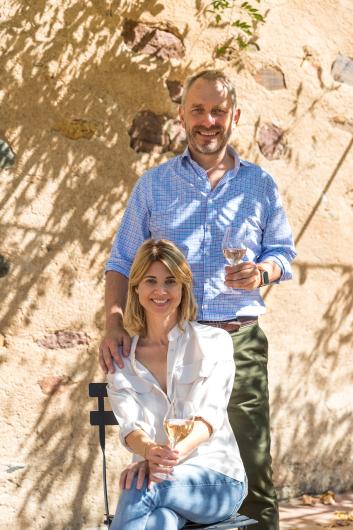Mirabeau
Pure Rosé
Mirabeau
Pure Rosé
Lovingly referred to as ‘Provence in a Glass’, Mirabeau's flagship rosé wine was inspired by long, languid days on the Côte d’Azur.
Wine Production
Night harvested followed by gentle direct pressing and partial liquid maceration (stabulation), before temperature controlled fermentation. The wines are protected with inert gas throughout the winemaking process.
Tasting Notes
Very pale pink in color, with peachy reflections. On the nose, an instant burst of white peach, pear, zesty grapefruit and pomelo. Powerful but refined thiol components, which are carefully balanced. On the palate, small red berries precede vibrant citrus notes. Bright and mouthwatering with a lasting, mineral finish. A superbly crafted and seductive rosé for a myriad of occasions.
Food Pairing
This seafood superstar pairs excellently with tuna tataki, grilled scallops, or a burrata and citrus salad with grilled fennel. Also beautiful as an aperitif with a few salty nibbles.
Lovingly referred to as ‘Provence in a Glass’, Mirabeau's flagship rosé wine was inspired by long, languid days on the Côte d’Azur.
Wine Production
Night harvested followed by gentle direct pressing and partial liquid maceration (stabulation), before temperature controlled fermentation. The wines are protected with inert gas throughout the winemaking process.
Tasting Notes
Very pale pink in color, with peachy reflections. On the nose, an instant burst of white peach, pear, zesty grapefruit and pomelo. Powerful but refined thiol components, which are carefully balanced. On the palate, small red berries precede vibrant citrus notes. Bright and mouthwatering with a lasting, mineral finish. A superbly crafted and seductive rosé for a myriad of occasions.
Food Pairing
This seafood superstar pairs excellently with tuna tataki, grilled scallops, or a burrata and citrus salad with grilled fennel. Also beautiful as an aperitif with a few salty nibbles.
Brand Materials
Vineyard & Production Info
Winemaking & Aging
Analytical Data
About the Vineyard
Sourced from the famed higher elevation wine growing areas below the Mont Sainte-Victoire, bringing the minerality and freshness typical of this microclimate with its poor limestone soils and low night time temperatures. Complementary blending elements are added from the “Golden Triangle” at the foothills of the Maure Mountain range, where the maritime and continental climates converge, bringing length and aromatic power from this area with richer clay and sandstone soils.










